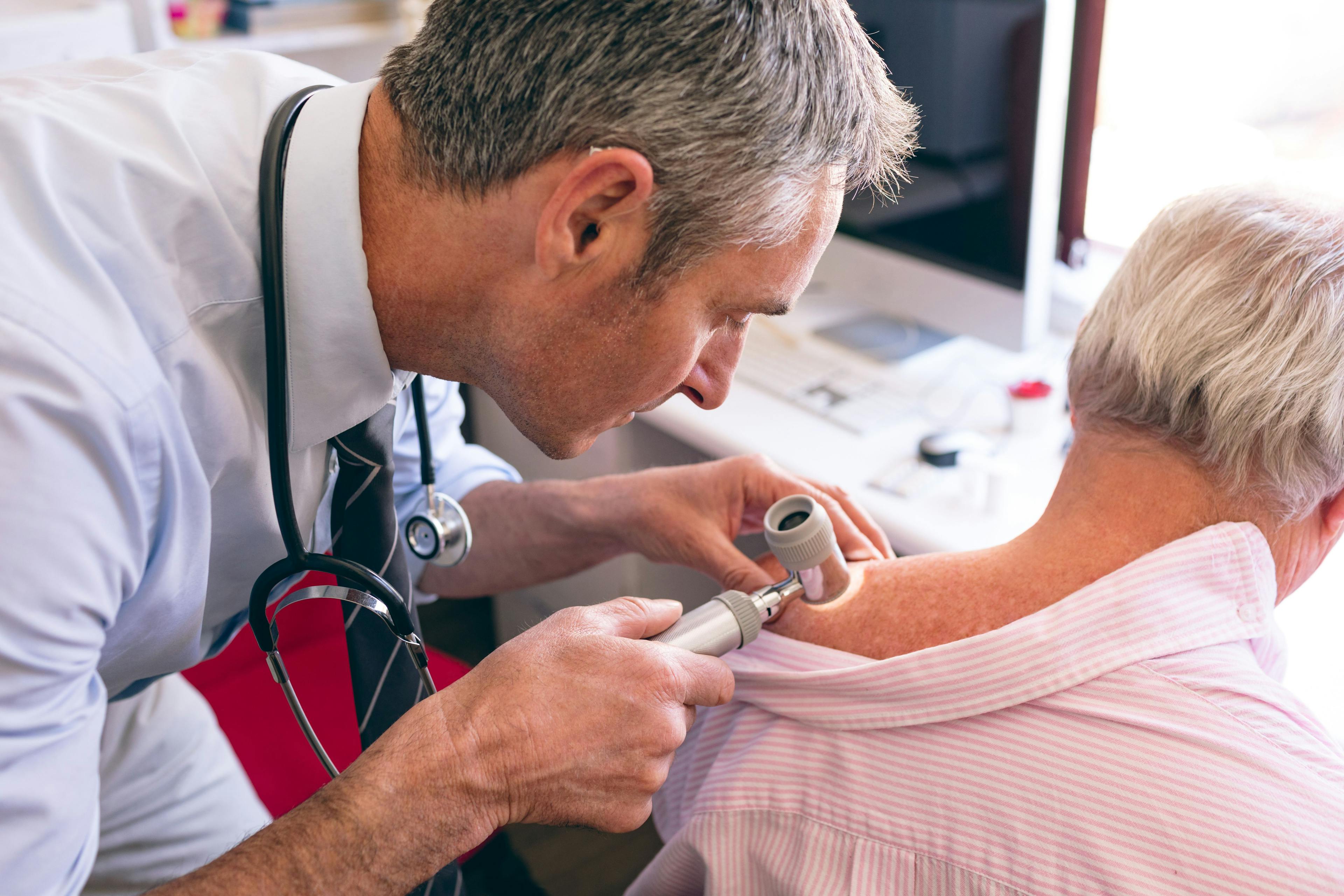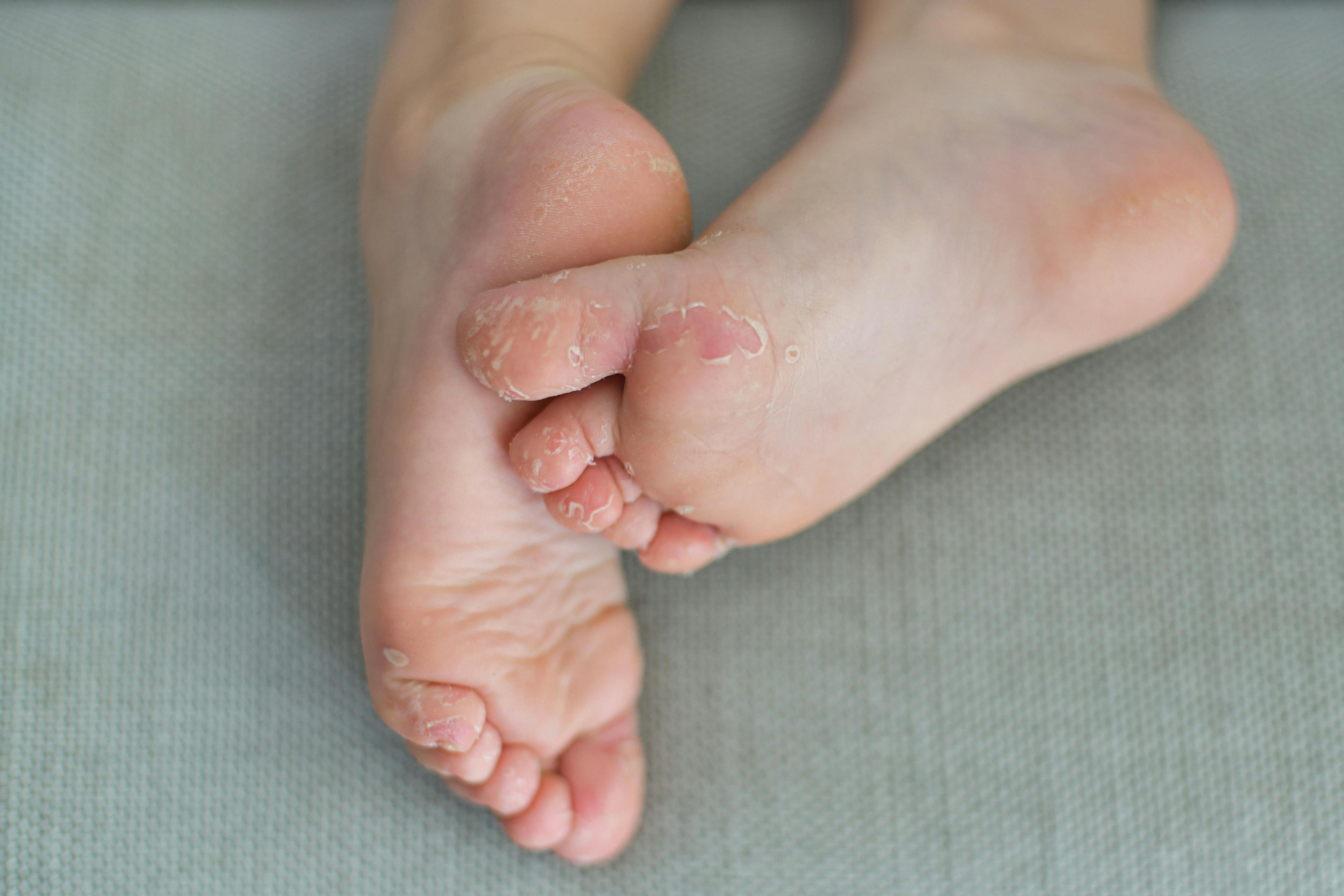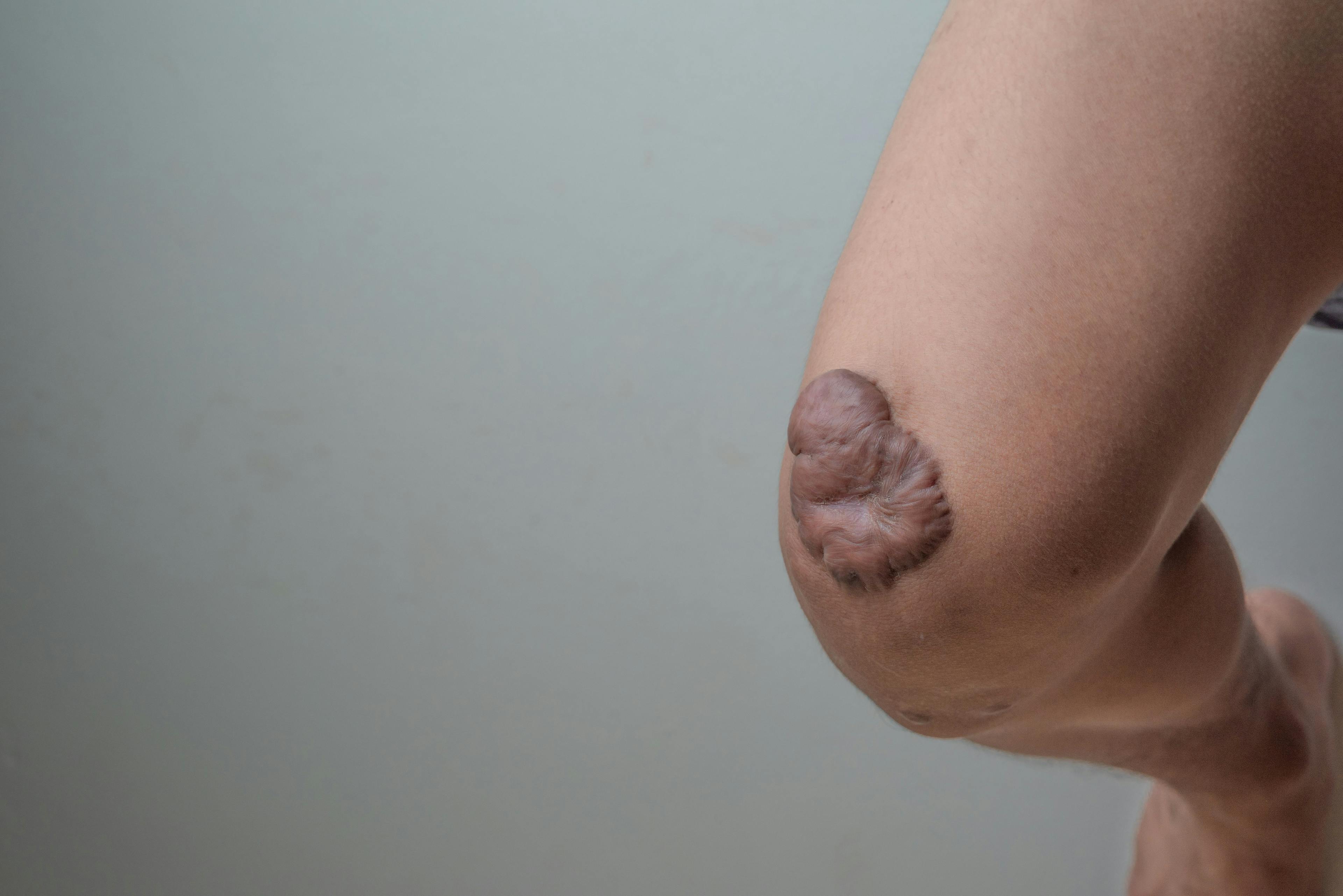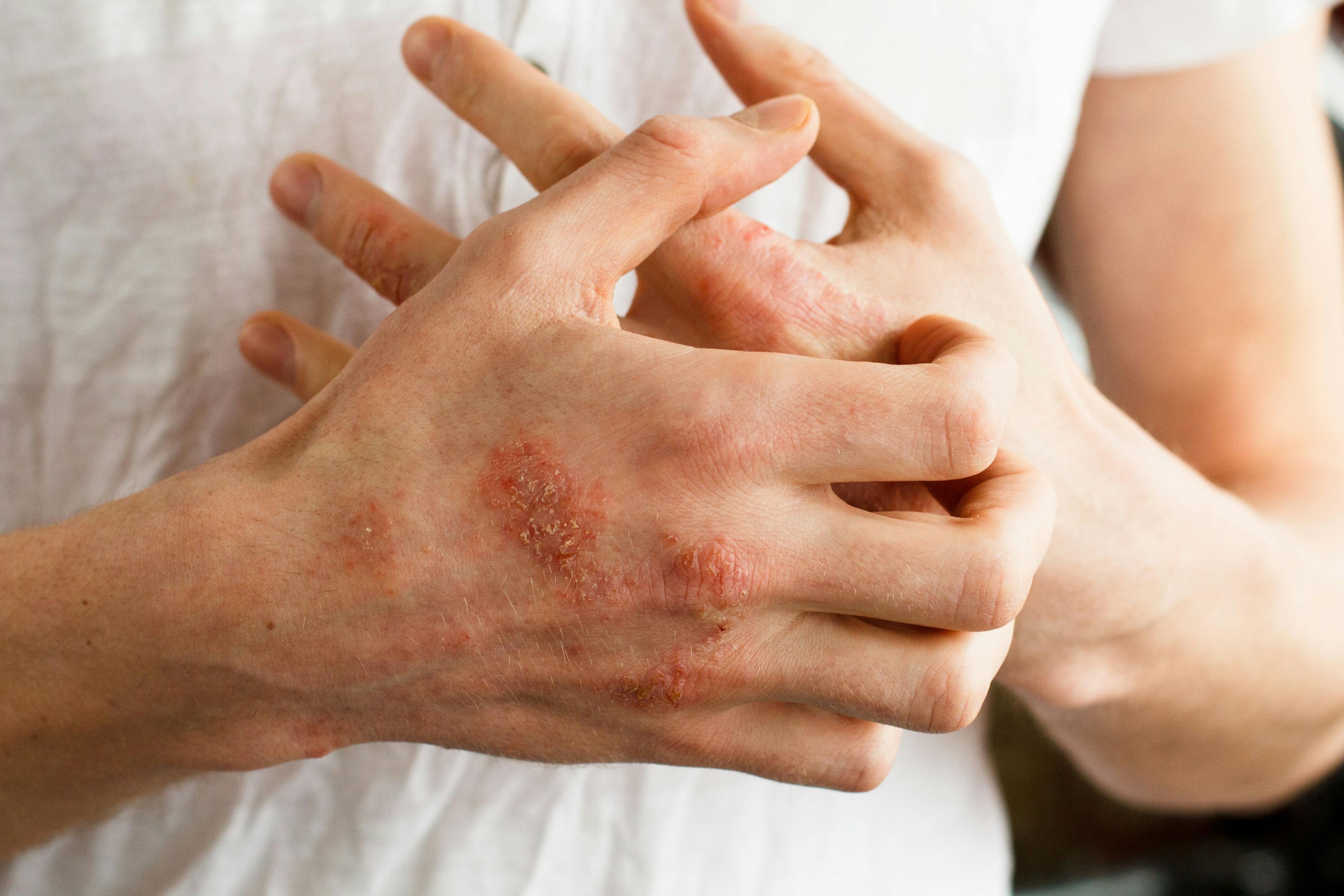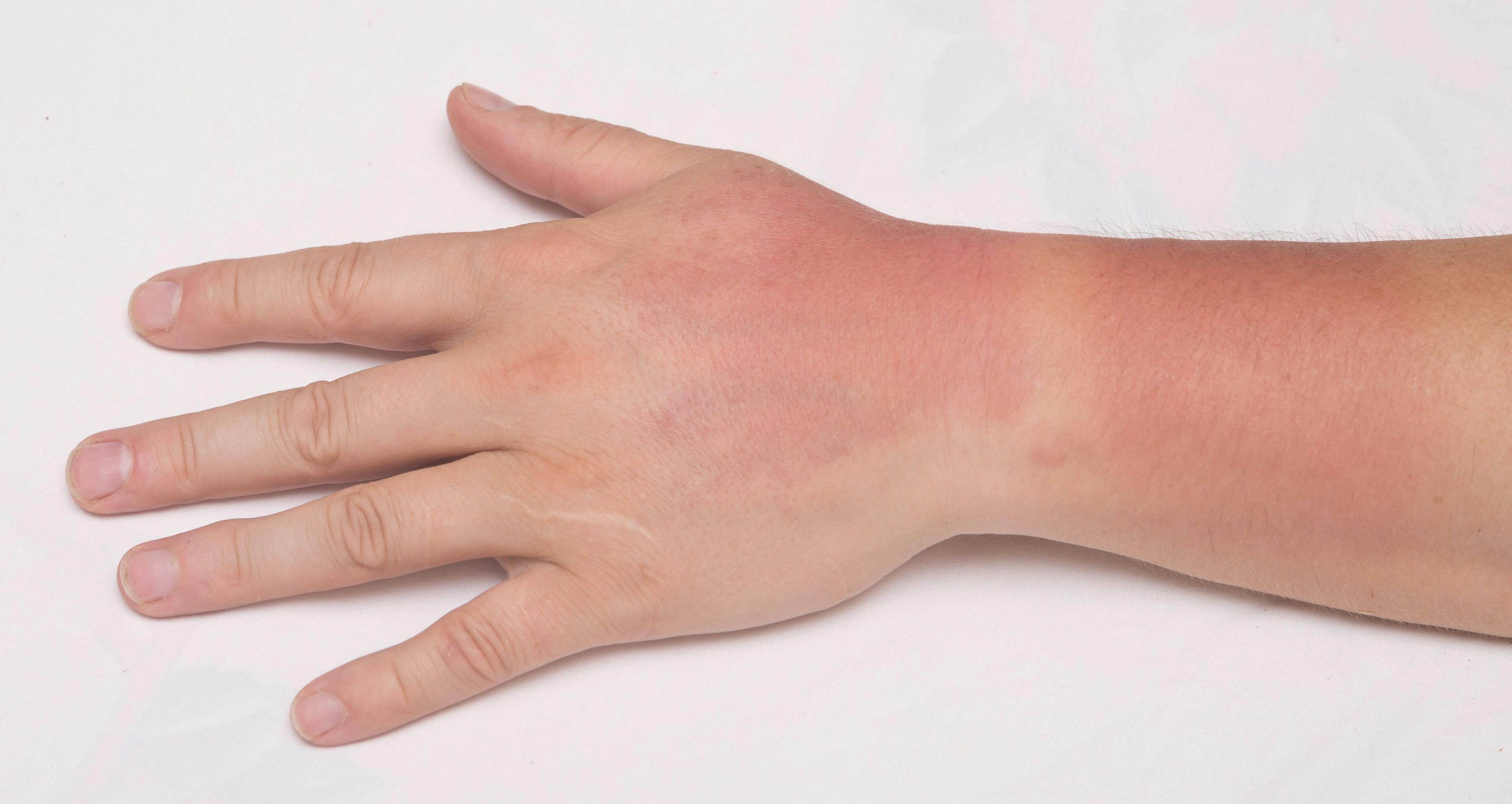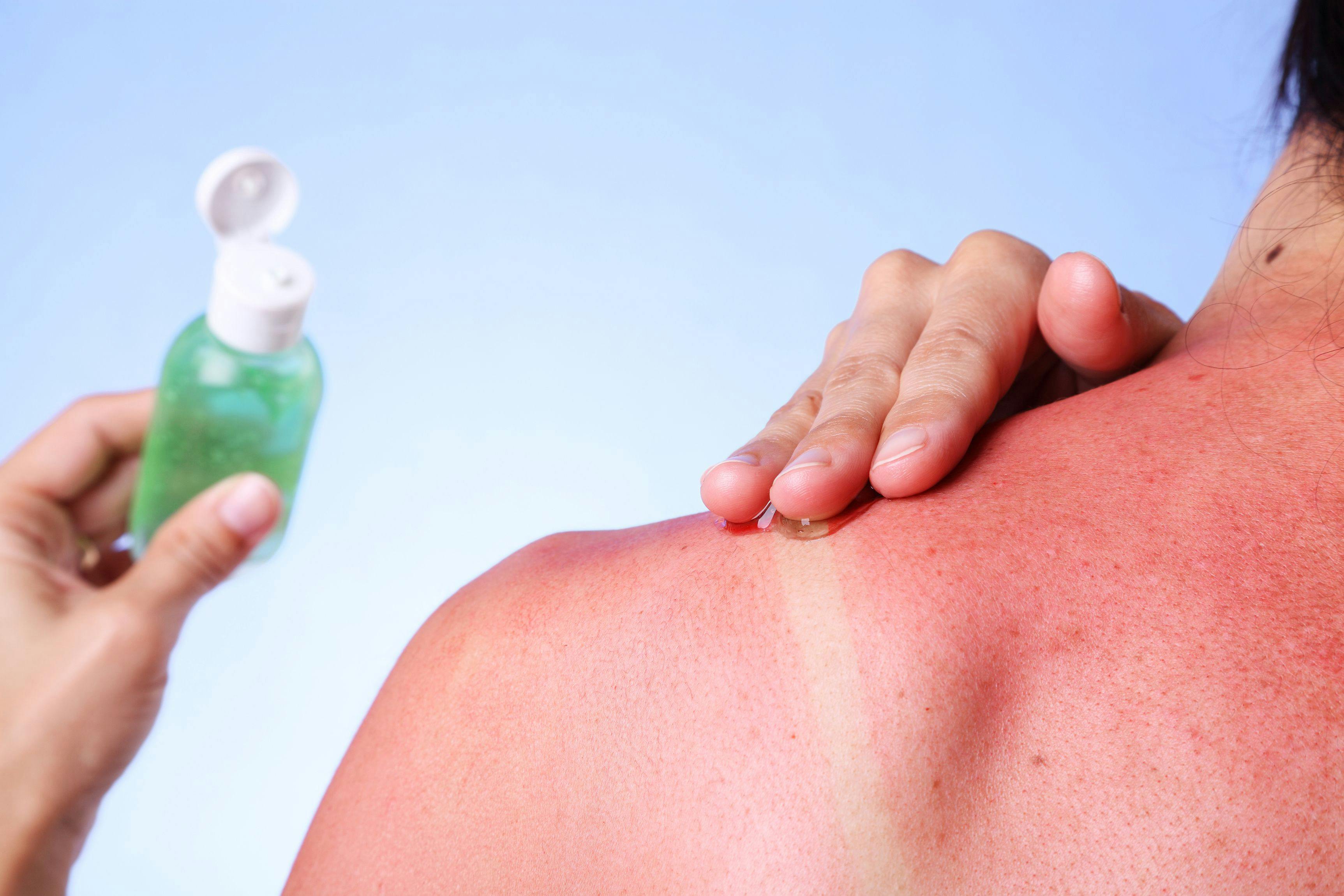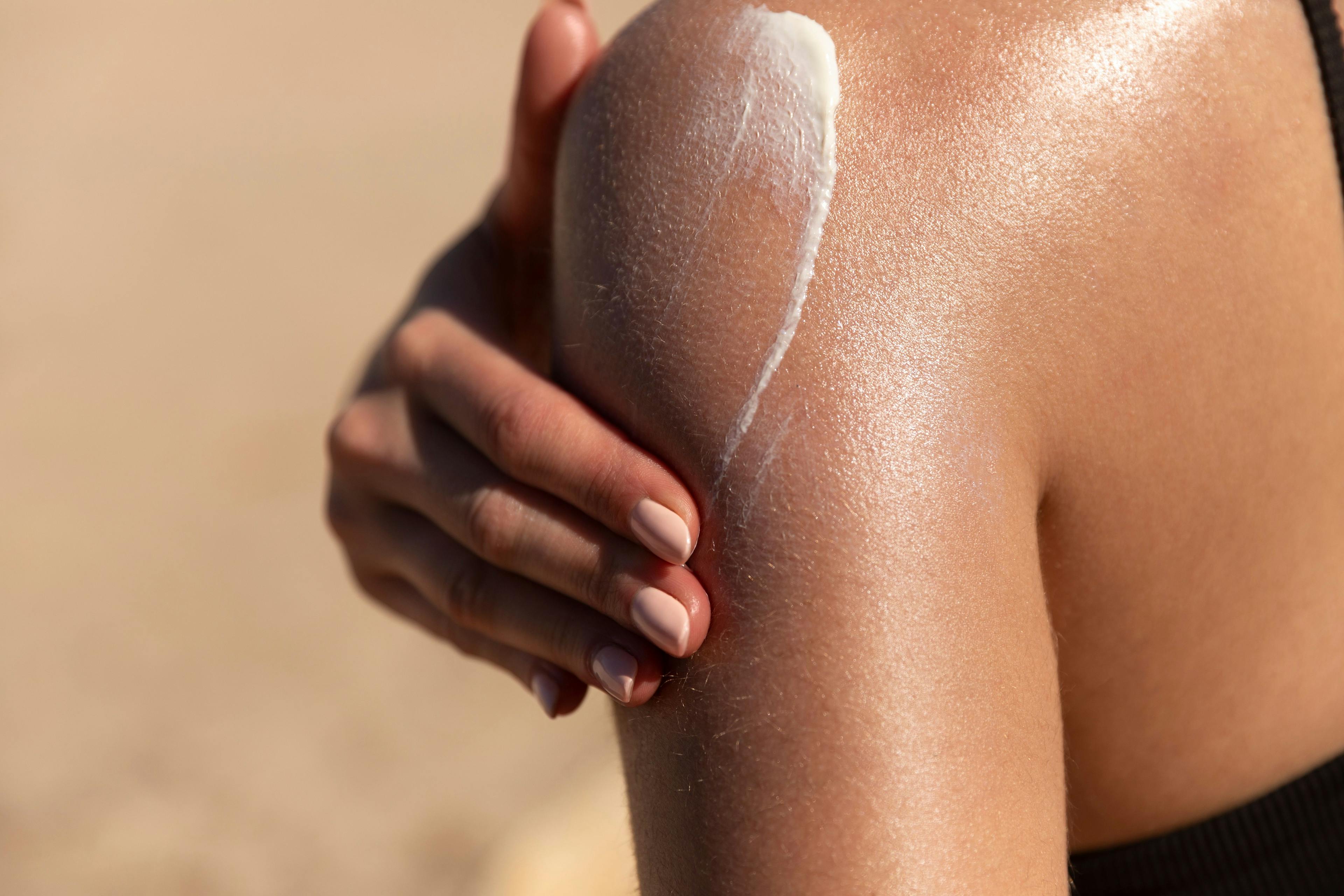- Acne
- Actinic Keratosis
- Aesthetics
- Alopecia
- Atopic Dermatitis
- Buy-and-Bill
- COVID-19
- Case-Based Roundtable
- Chronic Hand Eczema
- Chronic Spontaneous Urticaria
- Drug Watch
- Eczema
- General Dermatology
- Hidradenitis Suppurativa
- Melasma
- NP and PA
- Pediatric Dermatology
- Pigmentary Disorders
- Practice Management
- Precision Medicine and Biologics
- Prurigo Nodularis
- Psoriasis
- Psoriatic Arthritis
- Rare Disease
- Rosacea
- Skin Cancer
- Vitiligo
- Wound Care
Publication
Article
Dermatology Times
New Data Shows Promising Results in Treatment of Hand and Foot Atopic Dermatitis
Author(s):
The latest phase 3 trial results were showcased in an AAD late-breaking research session.
antoninavlasova/Envato Elements

A new study presented by Eric Lawrence Simpson, MD, FAAD showed that dupilumab (Dupixent) significantly improved signs and symptoms in patients with hand and foot (H/F) atopic dermatitis (AD) and had an acceptable safety profile. The study results were unveiled during a late-breaking research session at the 2023 American Academy of Dermatology (AAD) Meeting in New Orleans, LA.1
H/F AD is historically difficult to treat due to how much patients use their hands and feet in everyday tasks. The phase 3, randomized, double-blind trial, sponsored by Sanofi and Regeneron Pharmaceuticals, Inc., investigated the efficacy and safety of dupilumab. More than 130 patients 12 years and older were enrolled in the clinical trial. All of the participants were diagnosed with moderate-to-severe H/F AD with a score of 3/4 on the Investigator’s Global Assessment (IGA) before the study started.
Patients either received dupilumab (n=67) or a placebo (n=66) for a total of 16 weeks.Those receiving dupilumab received 300 mg q2w if they were adults and 200/300 mg every 2 weeks for adolescents. Safety and tolerability were assessed throughout the study. The end goal was a low IGA (H/F) score of 0/1 by week 16.
At week 16, all primary and secondary endpoints were met. Researchers reported significantly more patients in the dupilumab group (40.3%) achieved IGA 0/1 than their study counterparts on a placebo (16.7%). The dupilumab group also reported significantly less itching, with more than half of them improving by 4 or more points on the Peak Pruritus Numerical Rating Scale. Only 13.6% of the placebo participants had comparable improvements in itch severity. There were also notable improvements in percent change from baseline in the Total Lesion Sign Score for lesions on their hands and feet. The lesion sign score mean was −69.4 [5.8] for dupilumab participants compared to −31.0 for placebo participants. The final observation was the Hand Eczema Severity Index, which again, showed significant differences between outcomes for the dubilumab patients (LS mean [SE] −74.8 [6.3]) compared to placebo patients (−39.9 [6.2]).
“As you might imagine, with this reduction in symptoms, and this reduction in the signs of disease, that you're going to have an improvement in their quality of life. You can see a nice reduction in the quality of life for a hand eczema scale,” said Simpson during the session.
The most common adverse effects (≥10%) included nasopharyngitis and atopic dermatitis.
In conclusion, patients with H/F AD have an option for relief to significantly improve their quality of life. Dupilumab significantly improved signs and symptoms in patientsin those patients and proved to be safe.
Reference
1. Simpson E. Dupilumab Treatment in Patients With Hand and Foot Atopic Dermatitis: Results From a Phase 3, Randomized, Double-Blind, Placebo-Controlled Trial. Presented at the 2023 Annual Meeting of the American Academy of Dermatology. March 17-21; New Orleans, Louisiana.
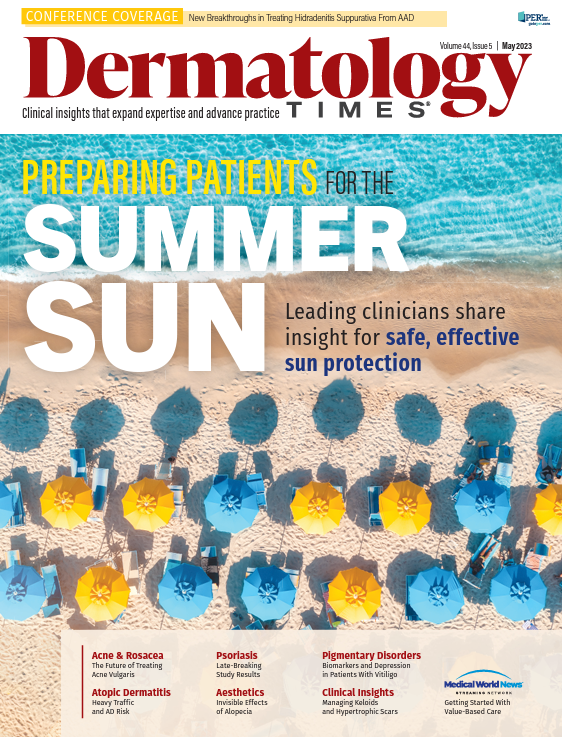
Newsletter
Like what you’re reading? Subscribe to Dermatology Times for weekly updates on therapies, innovations, and real-world practice tips.




